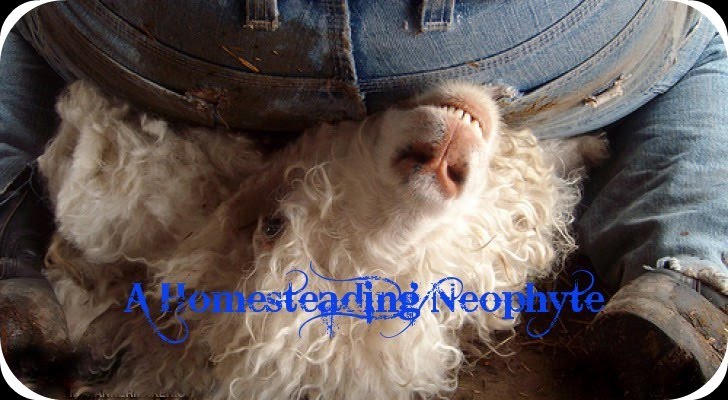Now that we have set the seeds into the ground, and our hoses are in position, maintenance of the garden is in order. Repuprosing items can con in real useful at this time. Such as use a broken fan stand to hold a sprinkler, allowing the water to get over the tops of your taller vegetables.
There is no miracle tool that we use being homesteaders. We do not have a secret store somewhere selling us goods that you are not entitled to. So our maintenance tools will be just like yours. However, we may use a less variety of tools then others. At least what I have seen, here at the Neophyte homestead, we use about half the tools that friends in the city that have gardens, use.
Maintenance of the garden is mainly dedicated to weeding. Even if you have used a weed barrier of some kind (newspapers, straw, store bought black stuff) weeds will still pop up everywhere. That is the nature of the weed. To propagate themselves at any cost. This is your enemy. Pulling weeds by hand are your best bet. Wear good gloves if you have to deal with stickers. Good heavy boots for the occasional surprising mud hole or kamikaze snake.
Aerating the soil isn't a bad idea either, even though it seems to encourage new weed growth. A small claw cultivator, the before mentioned claw or a simple garden hoe is all you really need. At times there are weeds that have managed to dig those roots down so deep or hold fast to the area that additional help is needed. We use a Cat-paw. Yes they are meant to be used to pull nails, but we found that a good quality cats-paw is multipurpose and long lasting. Plus you don't have a need for a plethora of tools that claim to be for specific jobs.
Vinegar is a great tool to have on hand. Pour this around the boundary of your garden to kill the grass and keep your lawn from enveloping your garden. Fencing can also be important, weather you use it to trellis or to keep the dog out. Rabbits will still get in, I recommend dried fox urine to keep them away. For Moles, use an empty pop bottle, not the 2 litters, leave the cap off and stick it half way into the ground into a tunnel. The noise and vibrations made from the wind blowing over the top of the empty bottle will scare off the moles. Don't bother spending all that money on one of those small windmills.
I did spend some money on the purchase of a good utility cart. You want your weeds far away from your garden. A utility cart will help you move large batches of weeds and dead veggies away, and out to your green manure pile.
Lawn Maintenance.
We do have a lawn. I have mentioned before that I like grass and that grass has many benefits besides looking tidy and green. But here is not the time for that debate. Our heaviest used tools for lawn up keep are the goats and geese. They can not keep up with the rate the grass tends to grow, but they do help keep the clovers and dandelions from going crazy. We own a riding lawn mower that doubles for a small tractor, as it pulls the more heftier items that need to be moved. For those tall weeds that grow (as well as future plans for wheat or another kind of cover crop) we use a scythe.
 Fire is also a tool we utilize. It promotes growth for the spring when used in early winter, for your fields, lawn and ornamental grasses like a pompous. (not recommended if you live in town)
Fire is also a tool we utilize. It promotes growth for the spring when used in early winter, for your fields, lawn and ornamental grasses like a pompous. (not recommended if you live in town)Tomorrow, Tools for the Harvest of Food Preservation

1 comment:
I use fire, too...mostly in spring when I finally rake leaves. Most go to compost, but some leaves, small twigs, and the dried lawn (never mown) gets burned off to prep for spring growth. I want to mention that when burning you need a rake and a garden hose at arm's length at ALL times...my dad told me all about the dangers of fire getting away from you, and the damages (including fines!) that this can bring. Plus when you're done, water the area down VERY well before thinking you're really "done", raking thoroughly to be sure the area is soaked and the smouldering is over. The resulting burned areas grow super well, and it seems to help some wildflowers, too. (My 2 cents, anyhow ;-)
Post a Comment